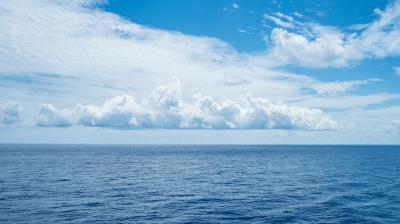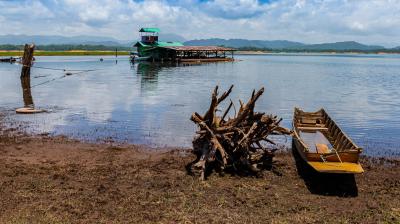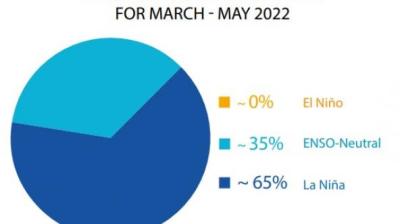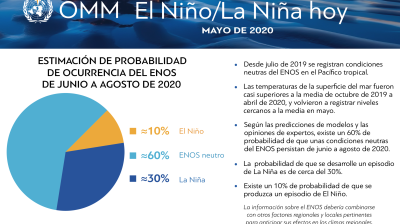El Niño/La Niña Updates
The WMO El Niño/La Niña Update is prepared approximately every three months through a collaborative effort between WMO and the International Research Institute for Climate and Society (IRI) as a contribution to the United Nations Inter-Agency Task Force on Natural Disaster Reduction. It is based on contributions from the leading centres around the world monitoring and predicting this phenomenon and expert consensus facilitated by WMO and IRI.
More on El Niño / La Niña topic.








